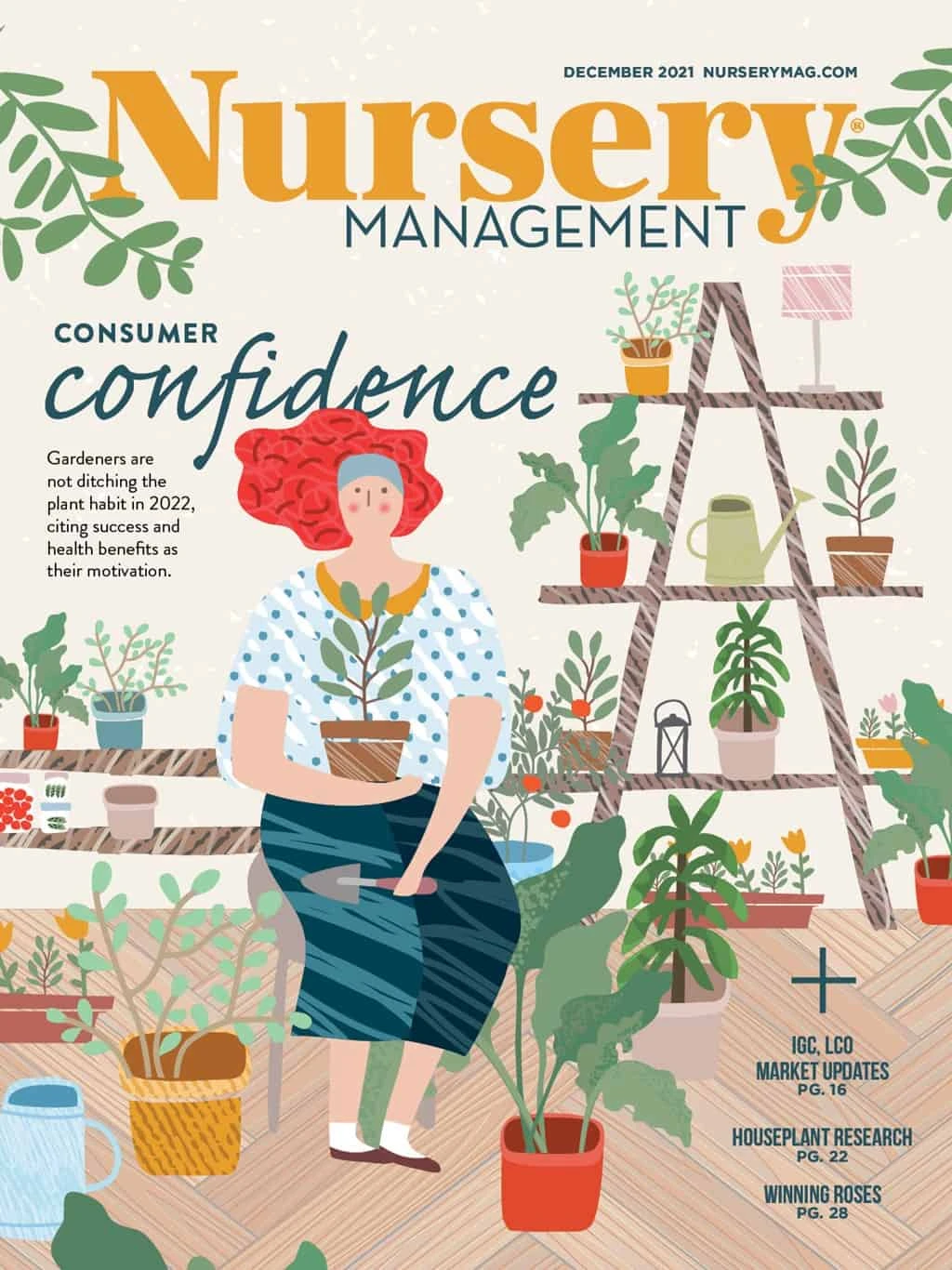
Adobe Stock

Homes with trees planted in their yard are worth more — a lot more — than properties without any tree cover, according to a recent study.
The report, conducted by the University of Nebraska-Lincoln’s Bureau of Business Research and sponsored by the Arbor Day Foundation and the USDA Forest Service, found that the collective value trees add to private home properties amounts to more than $31.5 billion annually nationwide.
“Trees do so many great things for our neighborhoods and homes — from lowering neighborhood temperatures, to fostering wildlife habitat, to even lowering crime rates where we live,” says Dan Lambe, president of the Arbor Day Foundation. “Now we have the science available for us to really dig in and understand from an economic standpoint how impactful trees are for our neighborhoods and communities.”
The study sought to quantify the economic footprint of the urban forestry sector in each state and nationally. Economic footprint analysis traces the sales, employee compensation and employment in each state that is tied to urban forestry. The economic footprint includes the direct activities by private sector businesses, city and county governments and utilities and universities to grow, distribute, plant, and maintain urban trees and forests. View the entire report at arborday.org/urban-forestry-economic/downloads/complete-report-findings.pdf.
Additionally, it reported on “quality of life” benefits trees provide, including the impact tree cover has on home values, using U.S. Census Bureau data. It also reported on the external benefits to society those same trees provide their communities through things such as carbon sequestration, reduced air pollution and flood abatement. Using data from the USDA Forest Service’s i-Tree Landscape web application, neighborhood trees were found to provide more than $73 billion worth of environmental benefits to society each year.
"Planting and maintaining trees is one of those expenditures that provides both returns to the investor and benefits to all of us,” says Eric Thompson, director of the Bureau of Business Research.
At the state level, urban trees had the largest annual impact on quality of life in Texas, Georgia, Florida, North Carolina and Mississippi. Other states ranked in the top 10 included Alabama, Pennsylvania, California, Virginia and Louisiana.
See the full state-by-state breakdown at arborday.org/treereport.
The report also concluded the urban forestry sector — defined as the growing, distributing, planting, and maintaining of trees and forest where people live, work, play and learn — had an economic footprint of $35 billion with more than 500,000 people employed in the sector.
Sponsored Content
15 Recently Introduced Perennials You Might Have Missed
Get curated news on YOUR industry.
Enter your email to receive our newsletters.
Explore the December 2021 Issue
Check out more from this issue and find your next story to read.
Latest from Nursery Management
- [WATCH] Winter is coming...but spring will bring disease
- Sam Hoadley talks about Mt. Cuba Center's latest evaluation of Solidago sp. for the Mid-Atlantic region
- Prices & Market Segments
- Countdown to shutdown
- All in the family
- From growing plants to growing people
- Weed Control Report
- Advocacy in action








